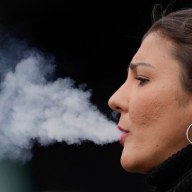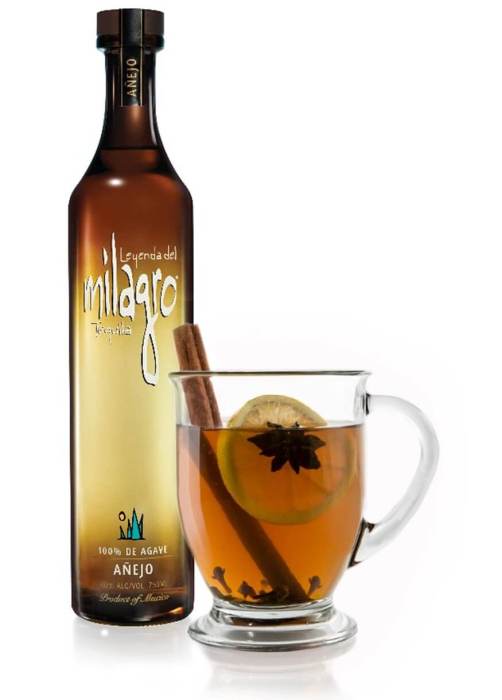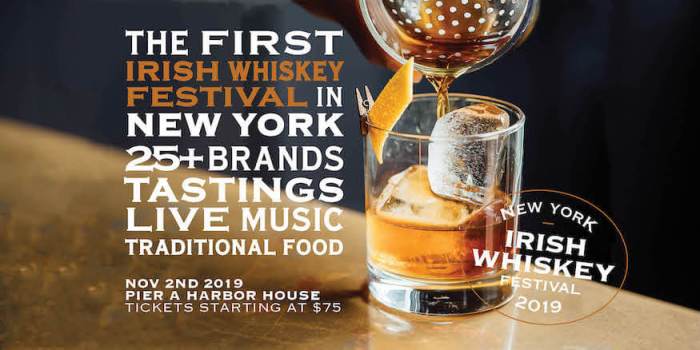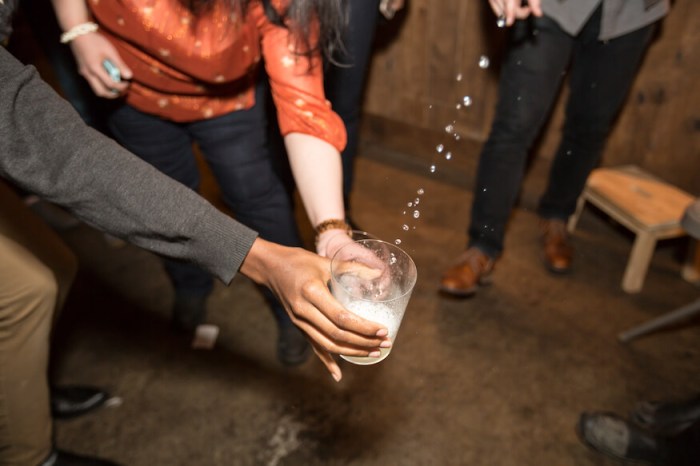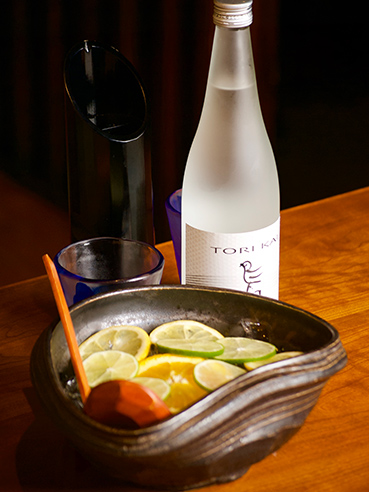Not to rush the fall season, but Oktoberfest starts later this week, with an official kick off on Saturday. But on Friday, Treadwell Park is getting a jump on the holiday with all Manhattan locations offering a 3-week Oktoberfest celebration, with a special menu dedicated to the celebration.
They will also have a passport that works at all three locations, so you can try beer from a variety of German regions to get a better understanding of the country’s brews. If you complete the passport, you will be rewarded with a beautiful stein.
I spoke with Anne Becerra, New York City’s first female Certified Cicerone and the beverage director at Treadwell Park all about Oktoberfest brews. Before the party starts, let’s take some time to reflect on the history of Oktoberfest.
Oktoberfest has been around for ages and originally started as a way to get rid of brews from the summertime. Beers were typically brewed in March were known as a Marzen, and those brews drank in October became known as Oktoberfest beers.
However, Oktoberfest brews are not your typical beer. Becerra told me that, “to be considered an Oktoberfest by style it has to be brewed in Munich.” Even though brands might label their brews as “Oktoberfest,” if they are not made in Munich, they have to add language to the labels, so the consumer understands there is a difference.
When it comes to brewing, I wanted to know how much these differ from your typical American-style beer. Becerra explained that traditional Oktoberfest beers can only be made with malt, hops, water, and yeast. Since only four ingredients are allowed in that style of beer, brewers often get creative with those ingredients.
Becerra told me that when it comes to tasting Oktoberfest brews, “Marzen / Oktoberfest styles are a little bit fuller-bodied, kind of richer lagers that have really great bready notes, sometimes a bit of honey flavor or notes.” Despite the ingredient limits, that doesn’t stop the brews from getting all sorts of different flavors incorporated into the beers. The brews are accessible to all and are usually well-aged and a bit stronger than your everyday brew.
Another major difference between American beer and German beer is the color of the liquid. Americans tend to prefer brews that are darker in color, whereas Germans prefer brews that are lighter in color. To really see and taste the difference yourself, Becerra suggests purchasing both an American-style and German-style side-by-side, so you can see and taste the difference.
Since the flavors are a bit different, the brews can be paired with various items. When I spoked with, Becerra, she happily told me there are no rules to pairings and that there are always exceptions. However, she did suggest pairing malt-forward brews with browned meats, sausages, or grilled items. She also mentioned that sweetness tames the spice when it comes to pairings, and that’s something to consider.
Becerra also wants you to know that “German beer is a lot more complex than a lot of people give it credit it for,” She also wants you to know this style of beer is not easy to make and that they take years to perfect the recipes. Some recipes have been in breweries for generations. She also wants you to know that you can drink German beers to drink, but you can also take the time to smell, taste, and break down German beer’s complexities.
If you’re looking to try a traditional style German brew at Treadwell Park, Becerra recommends the Radeberger Pilsner Zwickel, an unfiltered exclusive German Pilsner to their restaurants.
Becerra stands by the statement that there’s a beer for everyone, but you just need to find it.
Check out the incredible beer menu at Treadwell Park. They have three locations in New York City, the upper east side, midtown west, and downtown. Their Oktoberfest celebration kicks off on September 20.



